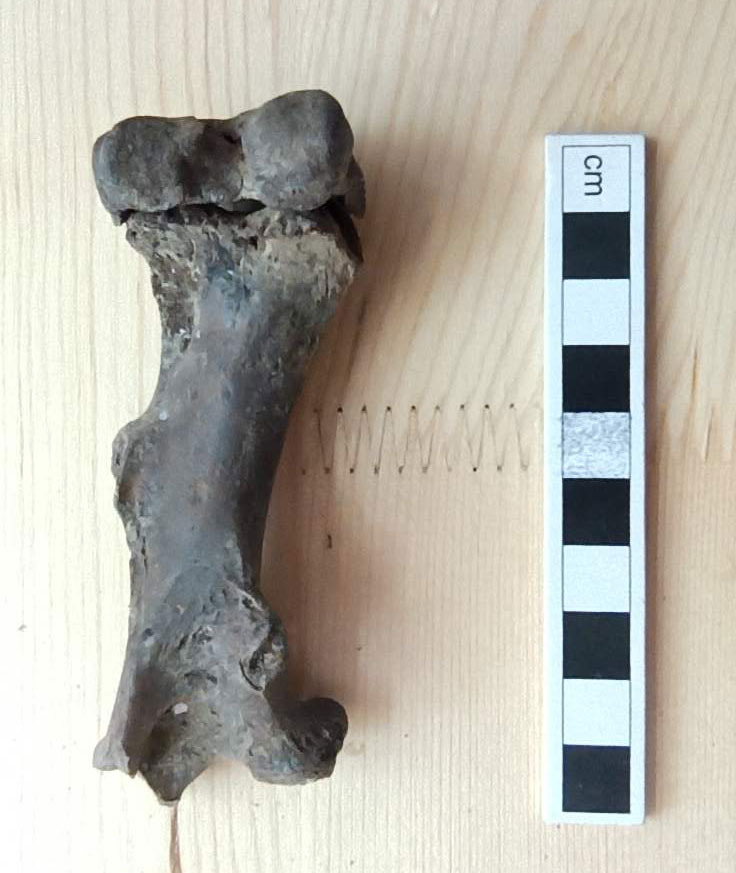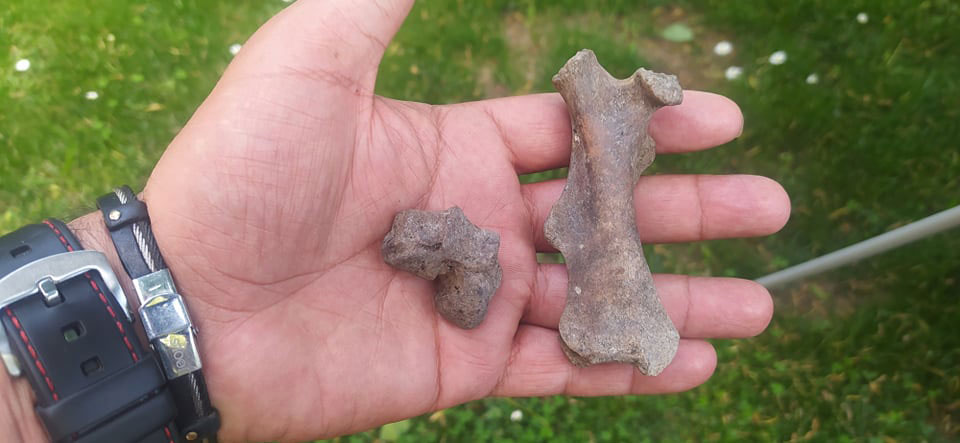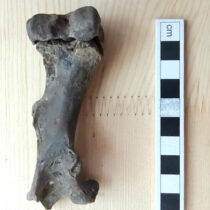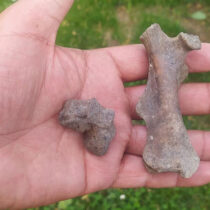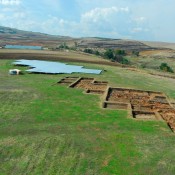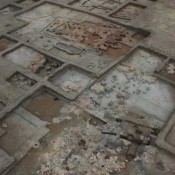Scientists are focusing on the beaver, which has been extinct for years and to whom the town of Kastoria may owe its name (Kastor = Beaver), through projects being implemented in the region.
Recently, the beaver’s age-old presence was confirmed by the identification of a fossil from the excavation in Dispilio, Kastoria, which reveals the existence of this particular animal since the Middle Neolithic period, in 5600 BC. Because however the beaver has been extinct for decades in Greece, a project at the Laboratory of marine and terrestrial animal diversity at the Department of Biology of the Aristotle University of Thessaloniki is in the process of reintroducing the species in our country, as it is considered that its presence will significantly help the ecosystem.
“With the dams it builds, this ‘nature‘s engineer’ contributes to the formation of small lakes where a large number of species live. In addition, these aquatic ecosystems are natural fire prevention zones”, explains Dionysis Gioulatos professor of zoology and scientific manager of the programme for the reintroduction of the “Hellenic Beaver”, to the Athens and Macedonia News Agency.
It is a well known fact that the Eurasian beaver (Castor fiber) existed in Greece until the 19th century. The last mention of the beaver in Greece comes from A. De Hoestin, who apart from Messolonghi also visited the river Alfeios in the Peloponnese in the 19th century, although it is believed that the species disappeared from northern Greece much later.
When the Zoology Laboratory at the Department of Biology of the Aristotle University of Thessaloniki completes the necessary feasibility study by next autumn, the foundations for the re-introduction of the beaver in Greece are expected to be laid.
“The advantages far outweigh the disadvantages of re-introducing the beaver. It may i.e. possibly create minimal problems for softwood plants, something that can be treated sensibly”, says Mr. Gioulatos.
The beaver bone in the prehistoric lake settlement in Dispilio
A little bone certified the presence of the beaver in the greater area of Kastoria since the Middle Neolithic era. “A fossil was identified from excavations made from 1992 to 2013 by the Aristotle University of Thessaloniki, headed by Professor G. Chourmouziadis. It is the bone from a beaver’s leg that proves its presence in the region at such an early period; specifically in 5600 BC”, says Costas Kotsakis, professor emeritus of Prehistoric Archaeology at the Department of History and Archaeology of the Aristotle University of Thessaloniki, to the AMNA. Professor Kotsakis is head of the Dispilio excavation and one of the scientists responsible for the EXPLO project, implemented by an interdisciplinary team from the universities of Bern, Oxford and Thessaloniki, with a grant from the European Research Council (ERC).
“Our goal is to make a synthesis with innovative techniques and to study human life and culture in relation to environmental conditions and land use,” explains Mr. Kotsakis.
The team of scientists, led by zooarchaeologist Valasia Isaakidou and Amy Bogaard, from the University of Oxford is conducting a comprehensive study of the osteological material of the excavation at Dispilio.
“The bones are difficult to identify without having special experience but we have already identified much of the wildlife, such as deer, wild boar, bears and the beaver of course”, said the excavation head.
“We want to reconstruct the daily life of the people of that time and perhaps answer the question as to why they chose to live in a strange location, i.e.next to a lake that flooded, in the mud,” he concluded.
